Sneaky Adaptations Scavenger Hunt, Animal Mimicry Homeschooling Blog
Animal Mimicry
I started my scavenger hunt by watching this video on YouTube. Link to video Mimicry is when an organism looks, smells, sounds, or behaves like another animal or object. There are different types of mimicry.
Mimesis
The organism mimics an inanimate object. These preserved owls from the Beatty Biodiversity Museum look like logs or tree bark.
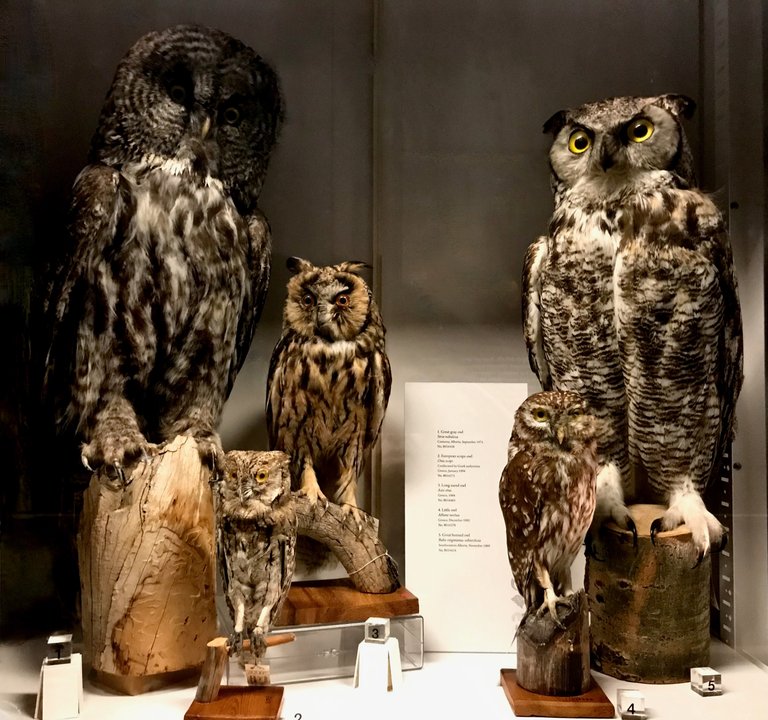
This stick insect looks like a stick.
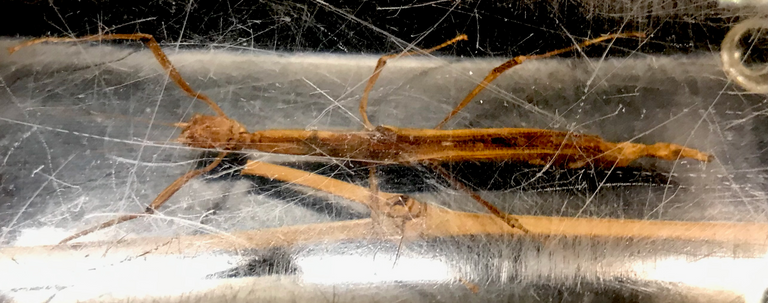
Mimesis protects predators from prey but can also camouflage predators from prey.
Batesian Mimcry
A harmless animal mimics a harmful or dangerous animal. Hover Flies copy Yellow Jacket Wasps. The hover fly is on the left in the picture below, and the wasp is on the right. The graphic can also be found at Beaty.
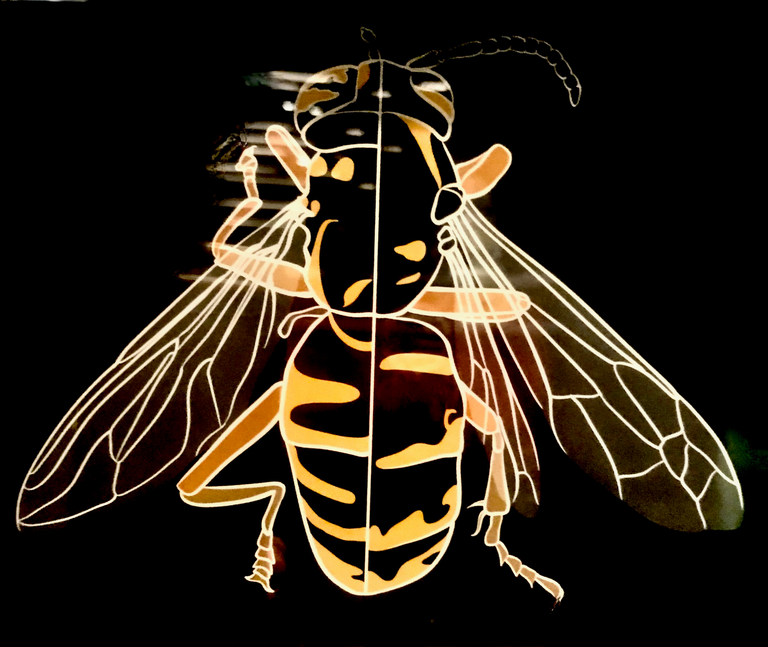
Mullerian Mimicry
The model and the mimic are both harmful.
Both the Monarch and the Viceroy Butterflies taste bad to predators. Below is a picture of the Monarch Butterfly from Beaty.
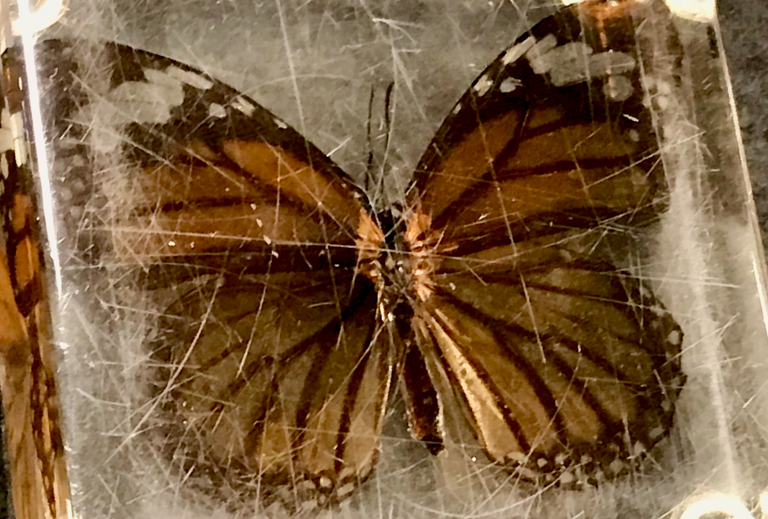
Aggressive Mimicry
The predator lures its prey with a trait of another animal. We could not find any example of this kind of animal at Beaty, but this video below shows how an alligator snapping turtle’s tongue mimics a worm to catch a fish.
Inter-Sexual Mimicry
One sex mimics the other. We did not find any examples at Beaty, but this video shows how the cuddle fish does it.
Automimicry
Automimicry is when one body part looks like another, often eyes. The Swallow Tail Butterfly’s wingtips look like its head an antennae. Predators go for this part and the butterfly can get a chance to escape.
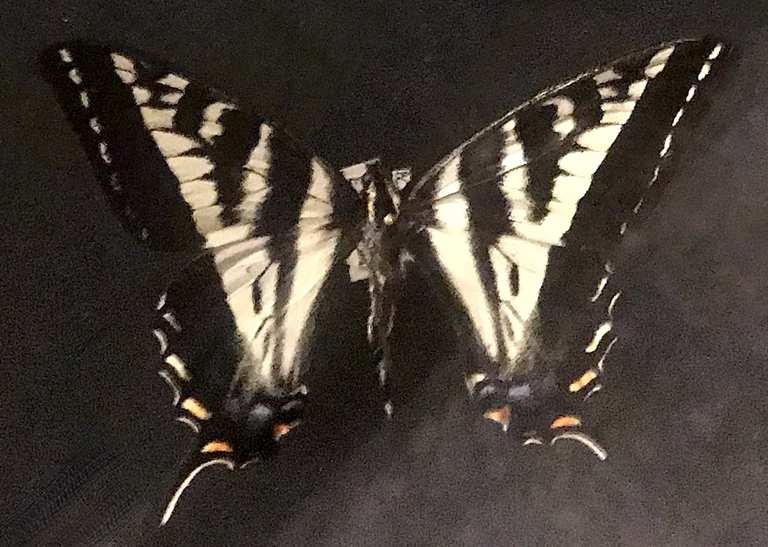
We even found combinations of mimicry types. These moths look like they have the eyes of owls or hawks on their wings, so predators will leave them alone. This is a combination of Batesian and automimicry I think.

Nag and Nagaina From Rikki Tikki Tavi also mimic eyes on the back of their head, but they are dangerous, so this just an example of automimicry. It shows any animal can be both predator and prey.

Photos were taken at the Beaty Biodiversity Museum. They are my own
@tipu curate
Upvoted 👌 (Mana: 25/55) Liquid rewards.
Thanks for your contribution to the STEMsocial community. Feel free to join us on discord to get to know the rest of us!
Please consider delegating to the @stemsocial account (85% of the curation rewards are returned).
You may also include @stemsocial as a beneficiary of the rewards of this post to get a stronger support.
Congratulations @worldschoolerboy! You have completed the following achievement on the Hive blockchain and have been rewarded with new badge(s):
Your next target is to reach 700 upvotes.
You can view your badges on your board and compare yourself to others in the Ranking
If you no longer want to receive notifications, reply to this comment with the word
STOPSupport the HiveBuzz project. Vote for our proposal!